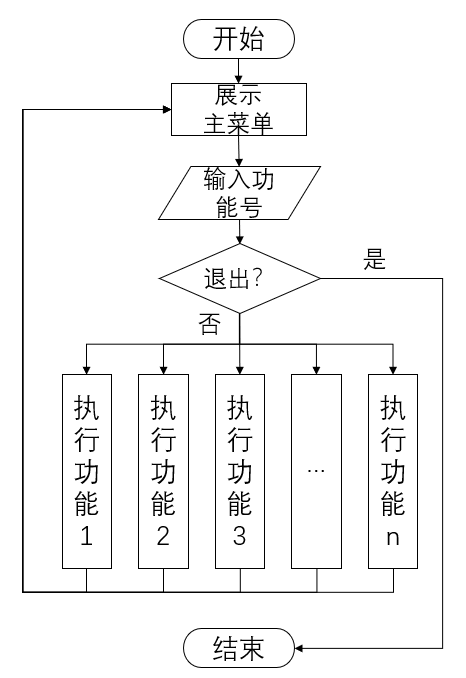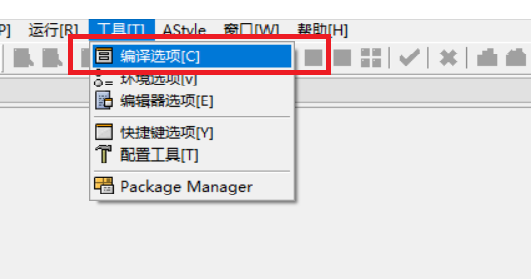无论如何基本上做以下事情:
#include <boost/asio.hpp>
struct testStruct{
int x;
int y;
};
int main(){
struct testStruct t;
boost::asio::buffer b;
b = boost::asio::buffer(t);
return 0;
}
似乎失败的地方是将’t’传递到缓冲区’b’.
解决方法
使用多个缓冲区的
scatter操作:
#include <boost/asio.hpp>
#include <vector>
struct testStruct{
int x;
int y;
};
int
main()
{
struct testStruct t;
t.x = 5;
t.y = 7;
std::vector<boost::asio::const_buffer> buffers;
buffers.push_back( boost::asio::buffer(&t.x,sizeof(t.x) ) );
buffers.push_back( boost::asio::buffer(&t.y,sizeof(t.y) ) );
boost::asio::io_service io_service;
boost::asio::ip::tcp::socket socket( io_service ); // note not connected!
std::size_t length = boost::asio::write( socket,buffers );
return 0;
}
请注意,您需要在接收方使用相应的聚集.除了你提出的人为例子之外,这一点非常繁琐.这就是I suggested在previous question中使用更强大的序列化机制的原因.





